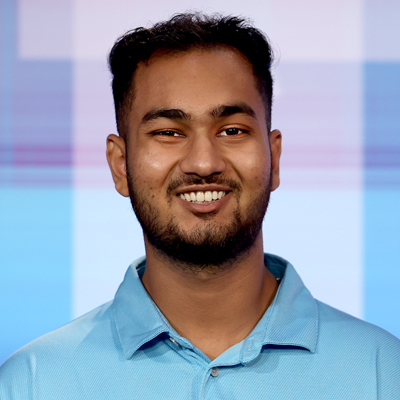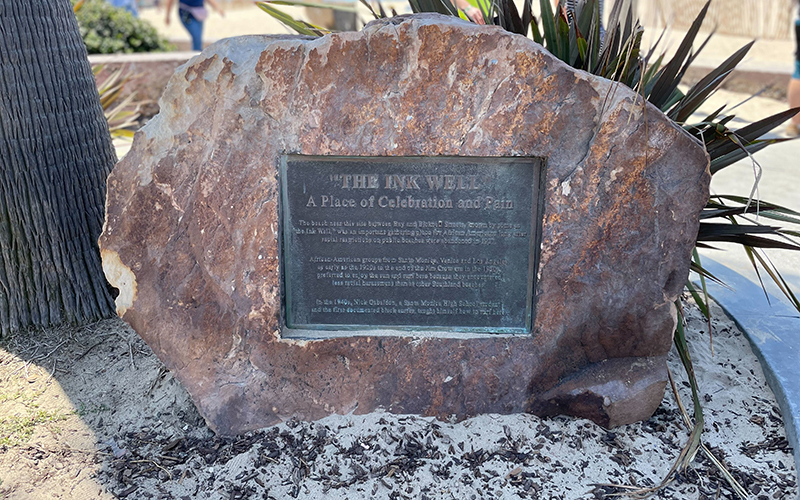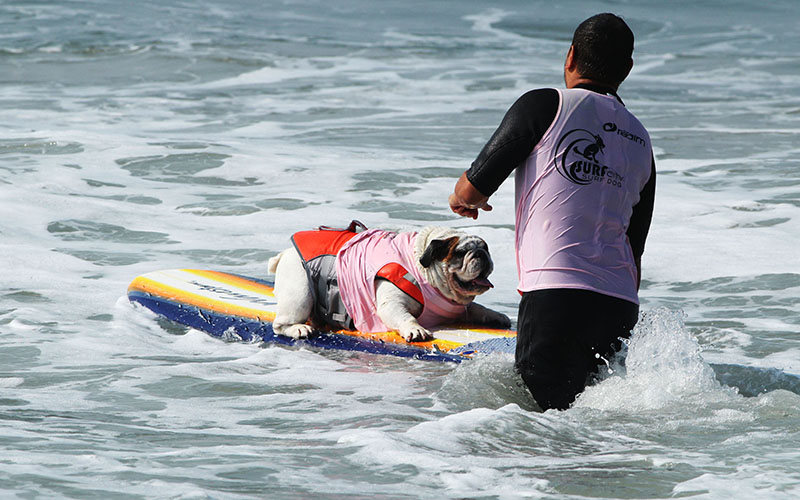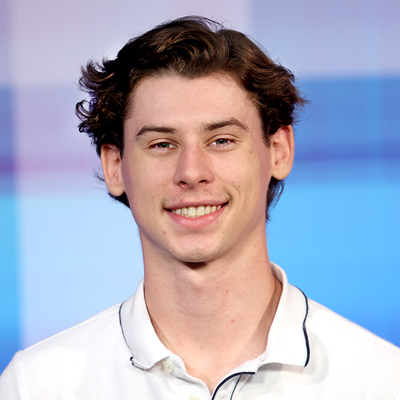LOS ANGELES – During the Jim Crow era, a two-block area in Santa Monica known as the “Inkwell” was the only beach where Black and other minority beachgoers were readily accepted. It was here that Nick Gabaldón taught himself to surf.
More than 70 years after his death in a surfing accident, the Black and Latino pioneer was honored at Santa Monica Beach, as surfers of all ages gathered last month to showcase their appreciation for the waves and Gabaldón’s efforts to expand the surf community.
“The ocean doesn’t care what color you are,” said Jeff Williams, a co-founder of Black Surfers Collective. “It will knock you down the same way it will knock me down.”
Ten years ago, amid social unrest, the Black Surfers Collective decided to pick a day to commemorate a person who could help bring communities together.
With the help of such organizations as Heal the Bay, Surf Bus and Color the Water, the Black Surfers Collective hosts the annual Nick Gabaldón Day at Santa Monica Beach to promote inclusivity and diversity within the surf community.
Gabaldón was a talented surfer whose love for the ocean was unwavering. With little money and no car, Gabaldón would readily paddle 12 miles north to Malibu to surf California’s best waves.
In 1951, Gabaldón’s courageous adventures ended when he was caught in an 8-foot wave, losing control of his board and crashing into the Malibu Pier. His body was recovered three days later along with a poem titled “Lost Lives,” in which Gabaldón foreshadowed his untimely death.
“I think surfing is not a sport where we tend to see a lot of people of color. For a long time, it felt like we didn’t have permission to partake in it,” said Lizelle Jackson with Color the Water. “Knowing that somebody was surfing in the ’50s, it kind of gives us permission to be like, ‘Oh, this is something for us to do.’”
Although Gabaldón’s life was short, his time riding the waves would lay the foundation for future surfers.
Today, Santa Monica and adjacent beaches are filled with diverse people from across the world, many of whom are experiencing the beach for the first time.
And thanks to the Surf Bus Foundation, disadvantaged kids from the YMCA Ketchum-Downtown got to feel the sand and dip into the ocean for the first time.
“They’re all fresh surfers, and most of them know how to swim,” said Junior Monzon, the youth and family program director at YMCA Ketchum-Downtown. “We’re hoping to teach these kids something new that they can maybe pick up a new hobby with.”
Although the waves appeared daunting, many of the kids wore big smiles.
Many come from low-income households and don’t have access to the same opportunities or facilities as others.
Surf Bus co-owner Marion Clark hopes the beach can serve as a safe haven them, as it did for her.
“Part of my youth, I was homeless with my family, and the beach is where we came before we knew where we were to sleep at night,” she said. “I didn’t know that at the time, but this place is a refuge.”
Clark’s mother, Mary Setterholm, was a pioneer in women’s surfing and instilled a love of the ocean in her kids. She was a U.S. Surfing champion, Hermosa Beach Walk of Fame honoree and a member of the Huntington Beach Surfing Walk of Fame Honor Roll.
Despite the struggles of everyday life, Clark’s family found solace at the beach. The ocean did not care about economic status and treated everyone the same. In 1999, Setterholm founded the Surf Bus Foundation with the goal of spreading their love for the beach across greater Los Angeles.
Today, Clark and company have utilized the Surf Bus Foundation to expand the surf community. They serve more than 3,000 kids a week from economically challenged neighborhoods, giving everybody the opportunity to experience the beach and its wonders.
Gabaldón was pulled to the ocean by an irresistible force. He was determined that no law and no person would stop him from surfing. Thanks to his efforts, people of all backgrounds can feel accepted at the beach.
“When you bring a kid to the beach who never been to the beach before,” said Meridith McCarthy, director of operations at Heal the Bay, “and you watch their face and they kind of figure out the sand and then figure out the water, it’s really a magic like no other.”





